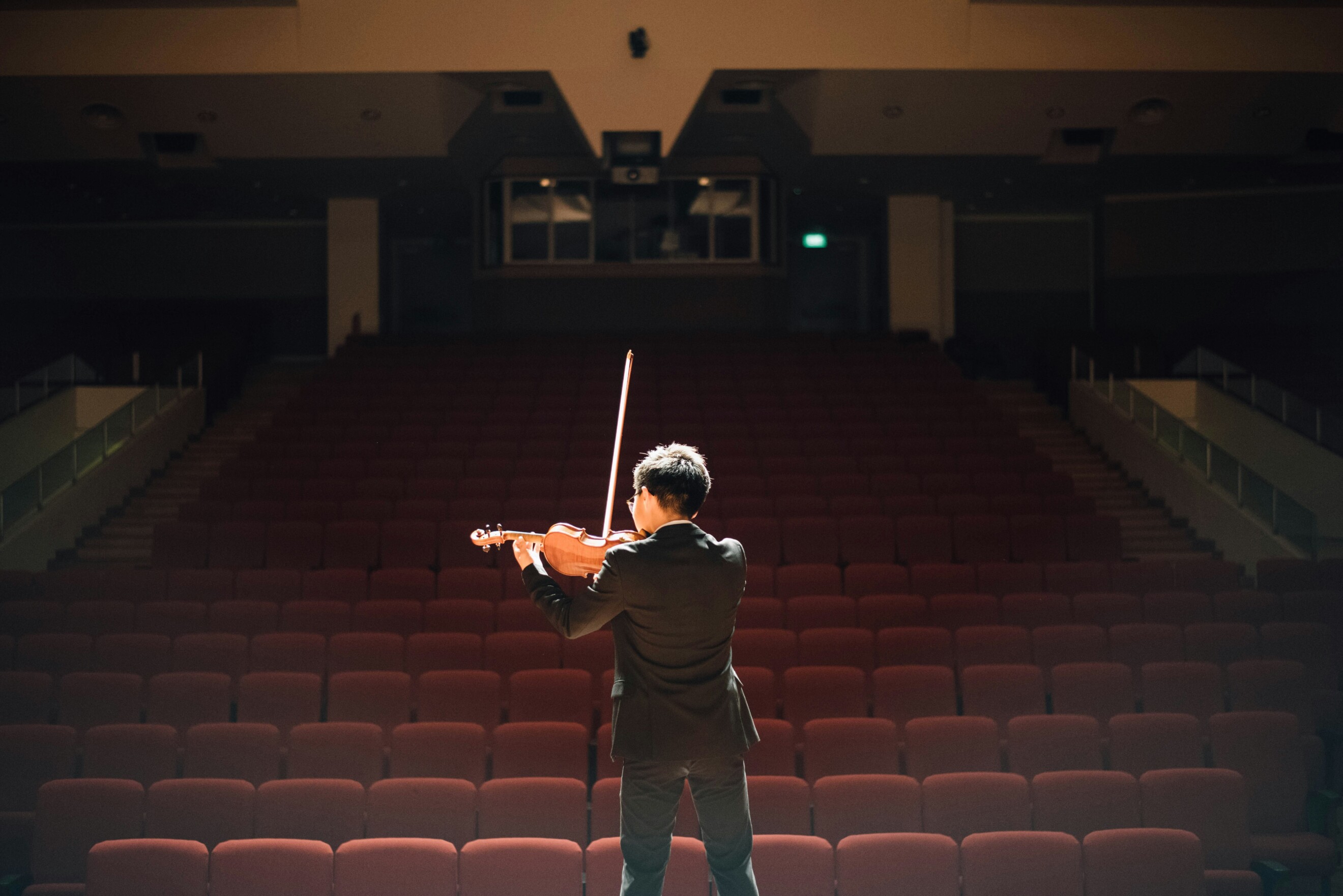Copyrights are commonly associated with authorship and the creation of an artistic work. However, an important element of the arts in the interpretation, the act of carrying out works, the art of performing. Actors, singers, musicians, dancers, and others who interpret or perform literary or artistic works are just as essential to the creative process and are entitled to certain rights as well. These are the foundational ideas behind The Beijing Treaty
The Beijing Treaty on Audiovisual Performances (BTAP) is a WIPO-administered treaty that strengthens international copyright protection for performers in films, television, and other audiovisual media. Adopted in June 2012 in Beijing after more than a decade of negotiation, it entered into force on 28 April 2020 once the required 30 ratifications were reached.
As of November 2025, the Treaty has 48 contracting parties, including Indonesia which has ratified it with the enactment of President Regulations No 2 Year 2020.
Below we summarize the essential features of the treaty:
Moral Rights
Performers receive moral rights similar to authors’ rights in copyright law:
- Right of attribution – to be identified as the performer, unless impractical.
- Right of integrity – to object to distortions or modifications that harm their reputation.
- Countries must maintain these rights at least until the end of the economic rights term (unless a country’s law at the time of ratification provides otherwise).
The treaty statements clarify that common production practices like editing, dubbing, compression, and format changes do not count as harmful modifications unless they are objectively prejudicial.
Economic Rights for Performers
Performers receive exclusive rights over various uses of their performances.
(a) Rights over unfixed (live) performances
- Right to authorize broadcasting and communication to the public of live performances.
- Right to authorize fixation (recording) of their live performances.
(b) Rights over fixed performances (recorded audiovisual works)
- Reproduction: authorize copying in any form, including digital storage.
- Distribution: authorize sale or transfer of copies; countries may choose how “exhaustion” applies.
- Rental: authorize commercial rental of audiovisual fixations; countries have limited obligations depending on whether rental causes harmful copying.
- Making available: authorize on-demand access (e.g., streaming platforms).
- Broadcasting/communication to the public: either an exclusive right of authorization or, at a country’s choice, a right to equitable remuneration.
Countries may limit or opt out of this right.
Transfer of Rights to Producers
- National law may provide that once performers consent to the fixation of their performance, the exclusive rights can automatically transfer to the producer, unless a contract specifies otherwise.
- Countries may require the transfer agreement to be written and signed.
- Even with transfer, performers may retain rights to royalties or equitable remuneration, depending on national law or agreements.
Limitations and Exceptions
- Countries may apply the same types of exceptions they use for copyright works (e.g., quotation, education, news reporting).
- Must follow the three-step test: limited to special cases, no conflict with normal exploitation, and no unreasonable prejudice to performers’ legitimate interests.
Technological Measures (DRM) and Rights Management Information
- Countries must provide legal remedies against:
- Circumvention of technological protection measures (TPMs) such as encryption or access controls.
- Removal or alteration of rights management information (RMI) (e.g., identifying data, usage terms, digital watermarks).
- Exceptions may be allowed to ensure users can enjoy legitimate limitations and exceptions.
Application in Time
- Protection applies to all existing fixed performances at the time the Treaty enters into force and all future performances.
- Countries may choose not to apply certain rights (Articles 7–11) retroactively to existing fixations.
- Transitional measures may allow continued lawful use of performances after the Treaty enters into force.
Relationship to Other Treaties
- The Treaty does not diminish obligations under the WPPT or the Rome Convention.
- It does not interfere with copyright protection of underlying works.
- For WTO members, the TRIPS Agreement remains fully applicable.
The Treaty provides governments with a structured framework to protect performers’ copyright rights and create a more predictable environment for producers, distributors, and performers alike. The challenge now lies in ensuring these rights are effectively enforced at the national level—especially given the rapid changes in the entertainment industry over the past decade. With developments such as streaming services and AI, new challenges and corresponding regulations can be expected in the realm of performers’ copyright and related rights.
For more information regarding this topic or other IP related inquiries, contact us at ambadar@ambadar.co.id
Sources:
https://www.wipo.int/en/web/beijing-treaty






